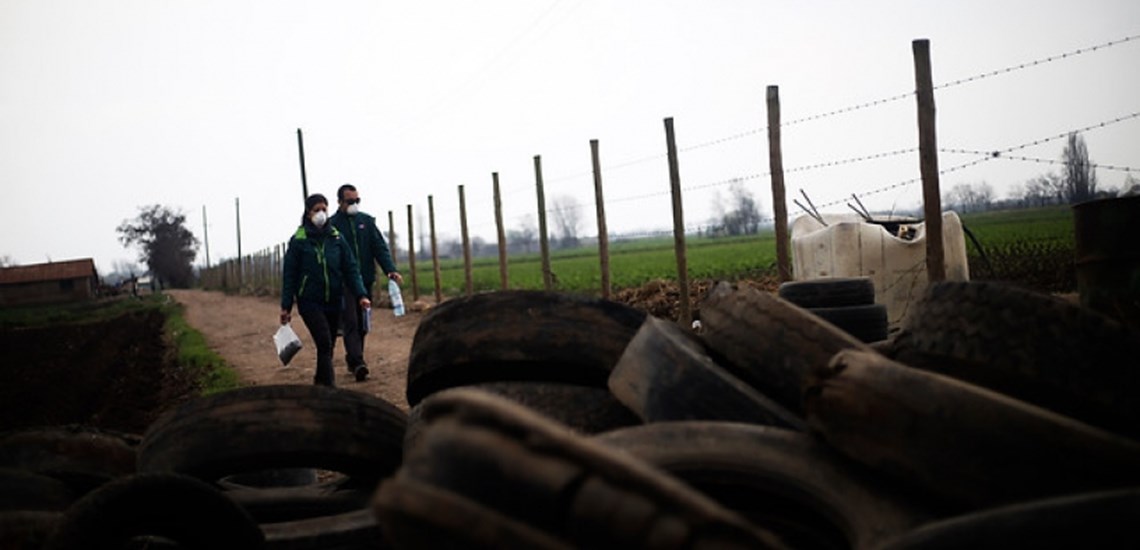The family run business Arrigoni Gestión Ambiental is run by cousins Sofía and Gianfranco Arrigoni, as part of the Arrigoni Group. The development of the pyrolysis project extends the interests of the group and see it becoming involved in an operation that will gradually contribute to the goals of Chile’s Law 20.920 Extended Producer Responsibility and Recycling Promotion (REP).
$5m Pyrolysis Investment Made in Chile
“As at first, we saw a business opportunity with the new supreme decrees 43 and 148, which speak of the storage of hazardous substances and waste, today we witness another need. Looking ahead to 2021, the year in which the decree that requires at least 25% of out-of-use tyres to be recycled. There is an absence of companies to take care of this and we can do it, ”explains Sofía Arrigoni, lawyer and Project Development Manager at Arrigoni Ambiental.
Towards the end of the year, Arrigoni will build Arrigoni Ambiental NFU, an ELT recycling plant that intends to be operational in mid-2020. The business has an investment of US $ 5 million and a capacity of 30 tons per day and, although its location is not defined, it will not be more than 200 kilometers from Santiago.
“In Chile, of 140 thousand tons of tyres generated per year, only 17% are currently recycled. Our plant will provide the industry with an additional 7% and that is only at the beginning, since our plan is to grow. We will build more recycling plants throughout the country to work on all the priority products required by the REP Law, ”says Gianfranco Arrigoni, general manager at Arrigoni Environmental and civil engineering profession.
In this first stage the company will focus on the recycling of non-mining tyres, which are equivalent to a diameter of less than 57 inches. The process to be used will be that of pyrolysis – to obtain pyro oil, recovered carbon black and steel.
“These by-products will be studied under an agreement that we recently signed with the Institute of Technological Research of the University of Concepción. The idea is to discover new and better uses of these outputs, so that we can complete a much more efficient circular economy, ”adds Gianfranco Arrigoni.




















